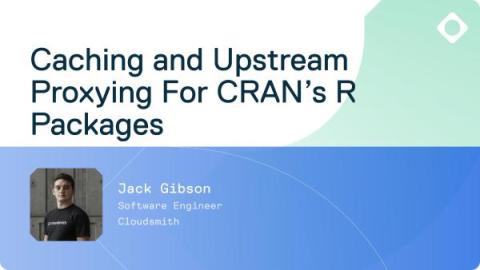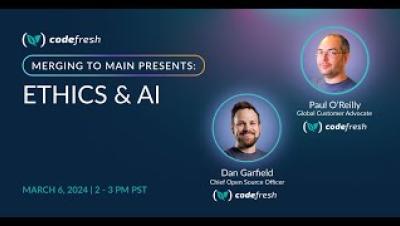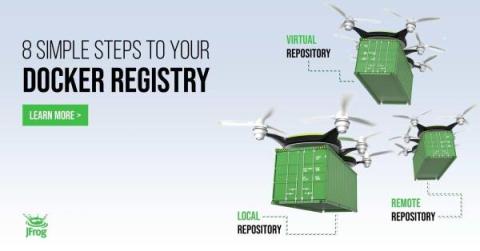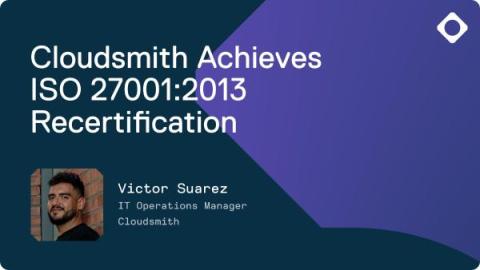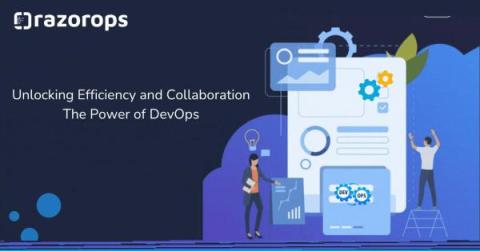Software Ate the World, but Digital Transformation Can Give You Indigestion
In today’s digitally-driven world, organizations rely heavily on software applications to streamline services, provide operations, engage customers, and drive innovation through digital transformation. Software has also become the lynchpin for securing an entire business’ services and keeping them up and running. Yet, this omnipresent force comes with its own set of challenges.



